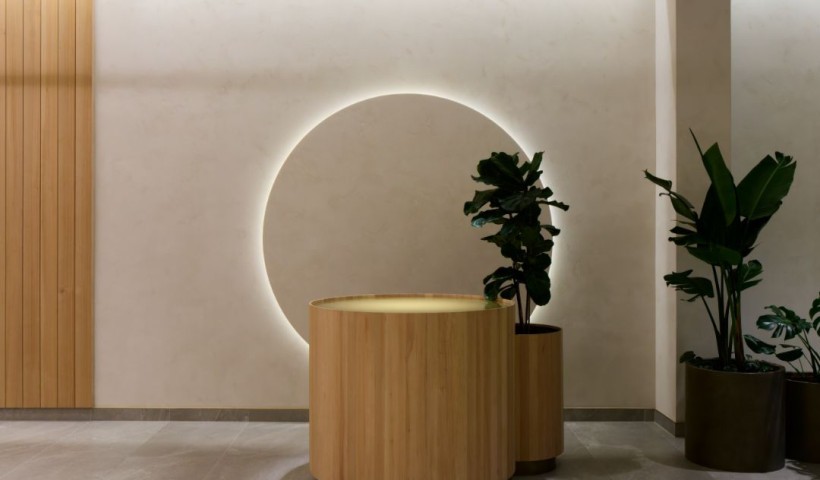
It’s a well known fact that tile is one of the most environmentally sustainable flooring options available. Tile is manufactured using natural materials and does not retain toxic chemicals, odours, allergens or bacteria nor does it emit toxic fumes, even during the event of a fire. In this article, we explore ways tiled flooring contributes to reducing greenhouse emissions.
1) Green manufacture
The production of ceramic tile does not include the use of toxic chemical petroleum in the manufacture process. When manufactured and fired at thousands of degrees during manufacturing, the resulting product is inherently inorganic and fully inert.
2) Low carbon footprint
Ceramic tile is typically made with materials found within 500 miles of the manufacturer, decreasing necessary transportation and associated greenhouse gas emissions and energy.
3) Minimal waste at end of life
Tile is biodegradable and at end of life will return to clay. Other flooring finishes such as LVT do not due to product used in its manufacture (e.g. PVC).
4) Greener disposal
Because ceramic tile is made of naturally occurring materials — namely clay — it typically meets the requirements for clean fill. Disposing of ceramic tile means you are not contributing to the growing landfill problem associated with plastics.
5) Long-lasting
Tile’s lifetime can span generations. This durability limits the need to create new flooring materials, which would require additional resources.
6) Natural
Tiles are made from the base product clay and will not release harmful substances into the air such as VOC's like formaldehyde. This is where tile differs from some other flooring options such as vinyl and laminates which can create dioxins during the manufacture of the chloride in PVC. This group of toxic chemical compounds are harmful to the environment and to human health. The manufacture of the chloride in PVC can also produce other toxins including ethylene, dichloride and vinyl chloride.
This plastic pollution can be reduced with a continued focus on sustainability in the building process, and specification of natural products.
7) Uses thermal mass to improve energy efficiency
Tile has a high thermal mass calculation as the clay is able to absorb heat during the day and release it in the cooler evening. This makes tile an ideal option for passive solar home designs. When homes are built to take advantage of solar radiation entering through windows in the winter months, tiles absorb the heat from the direct sunlight and release the stored heat as needed at night to keep rooms warmer. Conversely, in summer and in hot climates, tiles shielded from the sun will stay cool longer and can actually help lower air-conditioning costs.
Used properly — the right amount in the right place, with proper insulation — thermal mass can help maintain comfortable temperatures inside year round.













 Case Studies
Case Studies











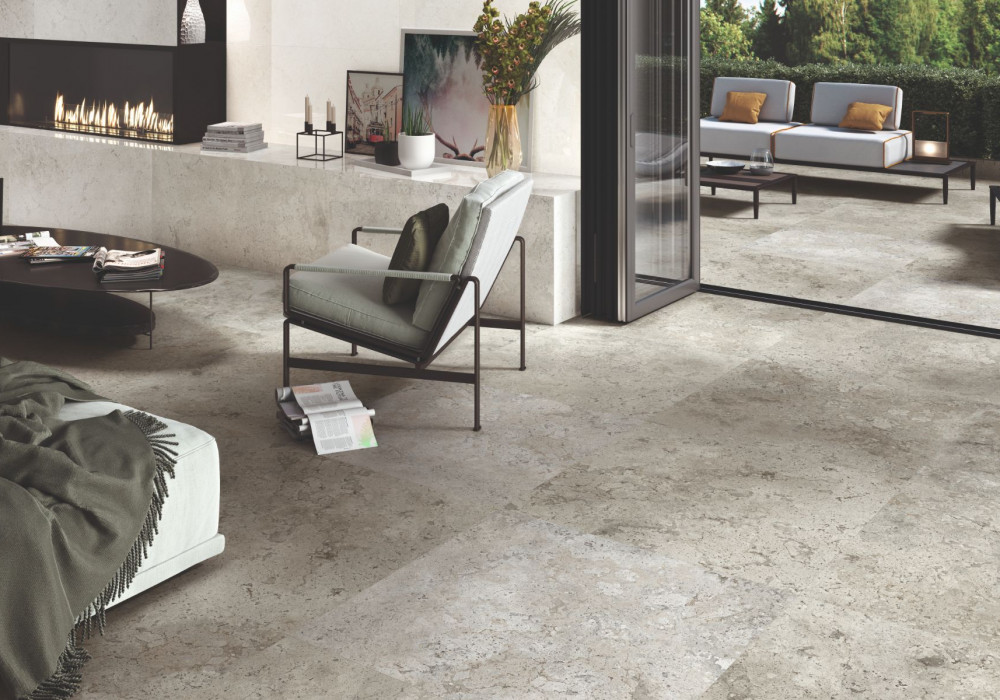

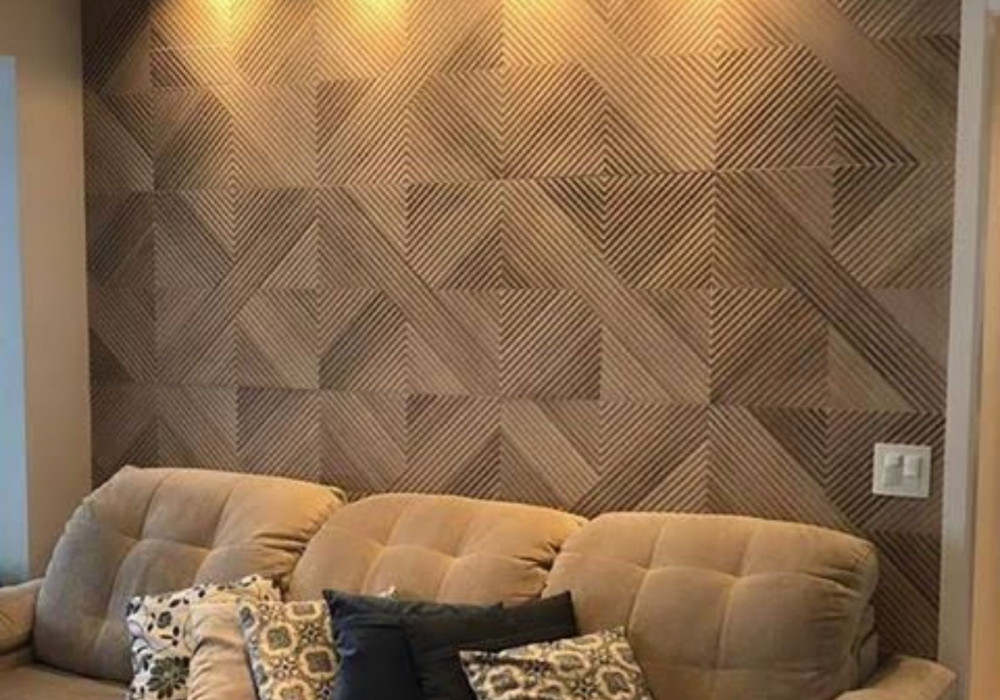


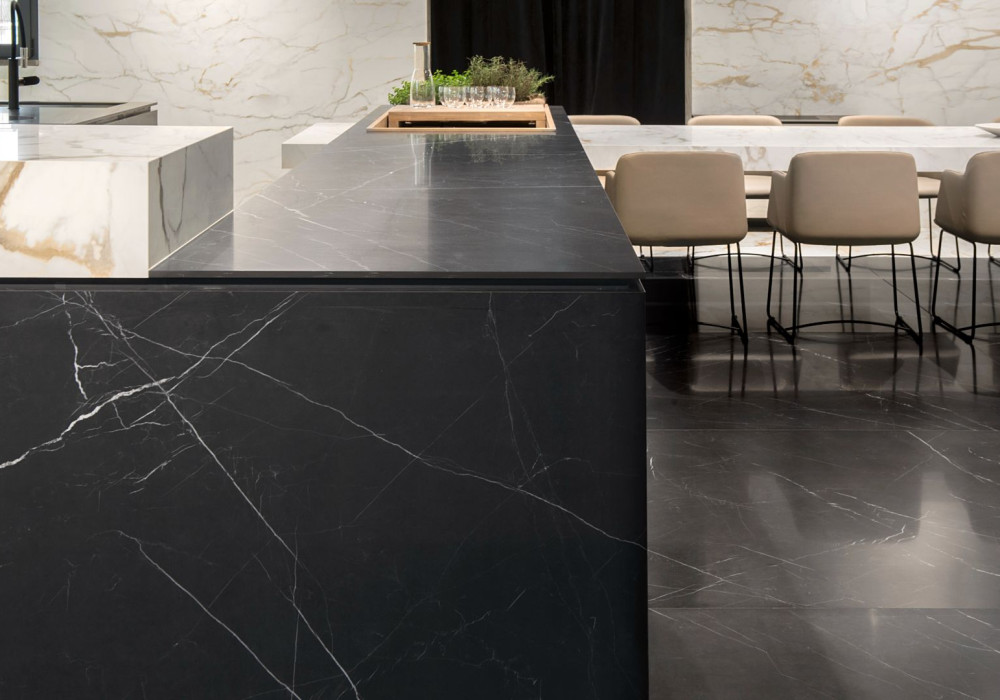

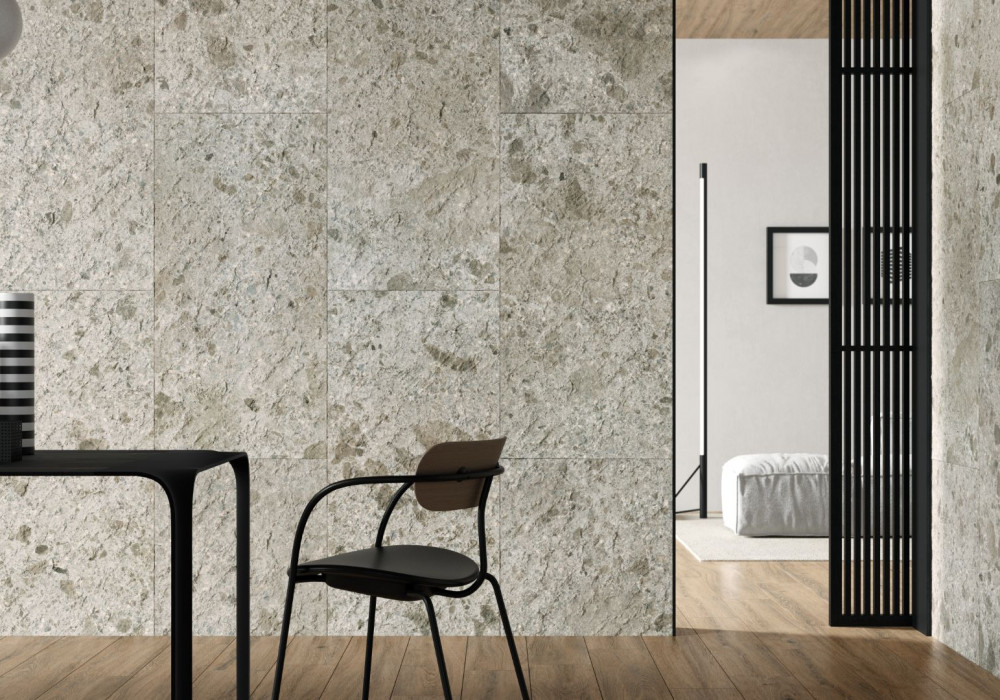
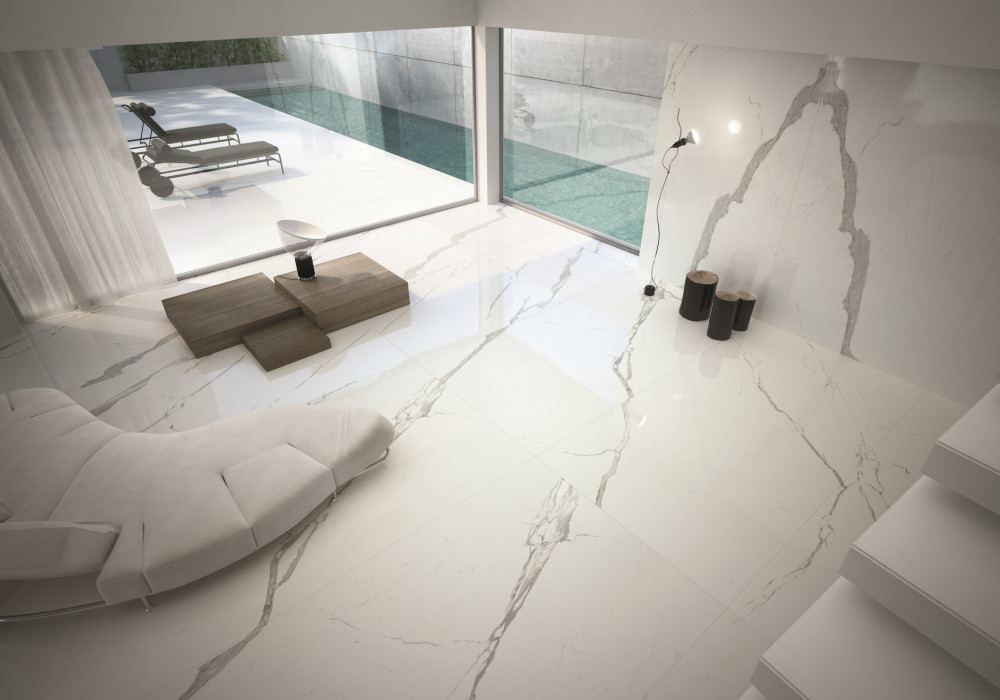

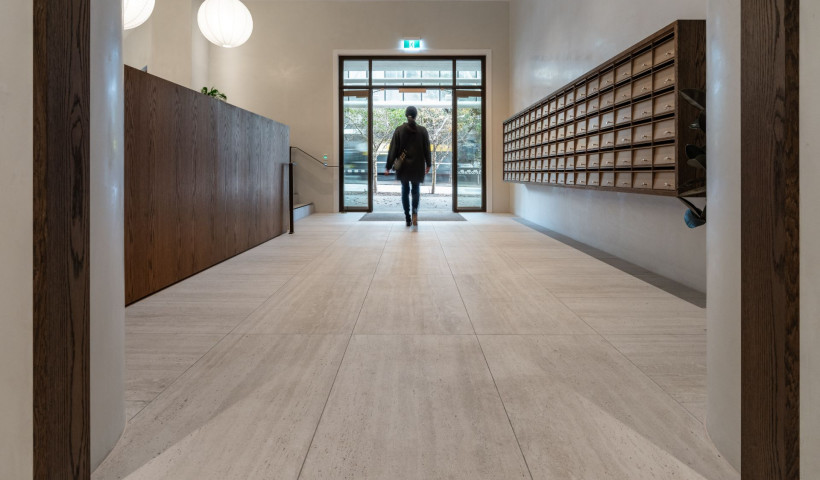
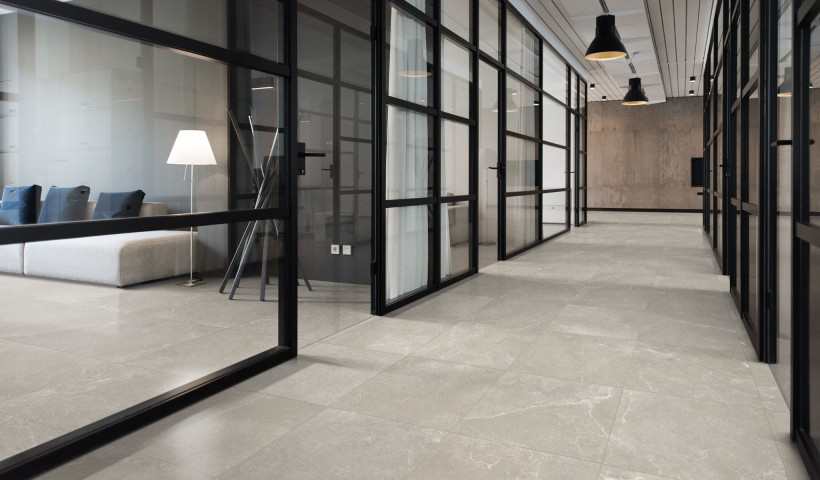
 Popular Products from Tile Warehouse
Popular Products from Tile Warehouse


 Most Popular
Most Popular


 Popular Blog Posts
Popular Blog Posts